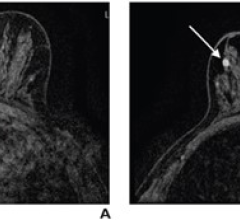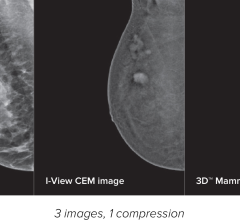June 4, 2008 - The gene MagA could become a valuable tool for tracking cells' movement through the body via magnetic resonance imaging (MRI), according to findings published in the June issue of Magnetic Resonance in Medicine.
Mammalian cells can produce tiny magnetic nuggets after the introduction of a single gene from bacteria, according to Xiaoping Hu, Ph.D., professor of biomedical engineering at Emory University and the Georgia Institute of Technology.
The gene MagA comes from magnetotactic bacteria, which can sense the Earth's magnetic field. It encodes a protein that transports dissolved iron across cell membranes. When put into animal cells, MagA triggers the accumulation of lumps of magnetite (iron oxide) a few nanometers wide, making the cells prominently visible under magnetic resonance imaging.
Although Hu's team tested MagA's effects in human kidney cells, Hu says it will probably be most useful in transgenic animals. He and his colleagues found that MagA appears to be nontoxic.
"MagA can be thought of as the equivalent of green fluorescent protein, but for magnetic resonance imaging," he says.
Scientists around the world use green fluorescent protein, originally found in jellyfish, to map the connections of the nervous system or follow the migration of stem cells around the body. Hu says he anticipates that MagA could find similar applications, with the advantage that magnetic fields can penetrate tissues more easily than light.
For more information: www.emory.edu


 August 20, 2025
August 20, 2025 









